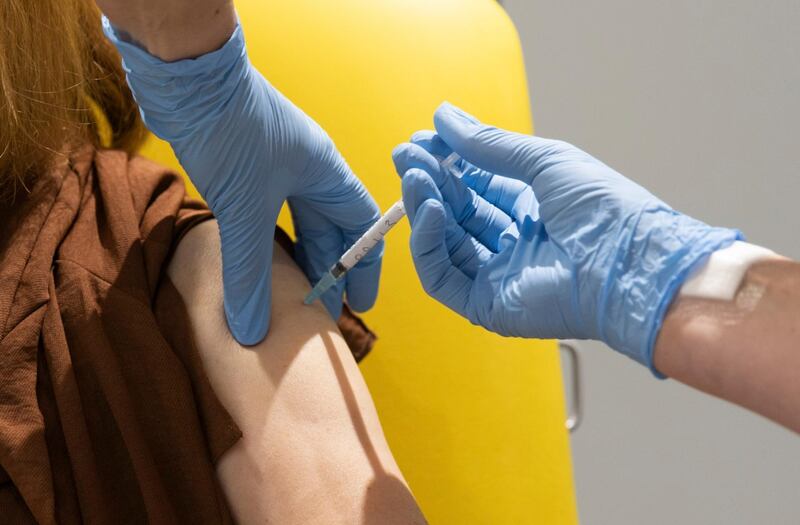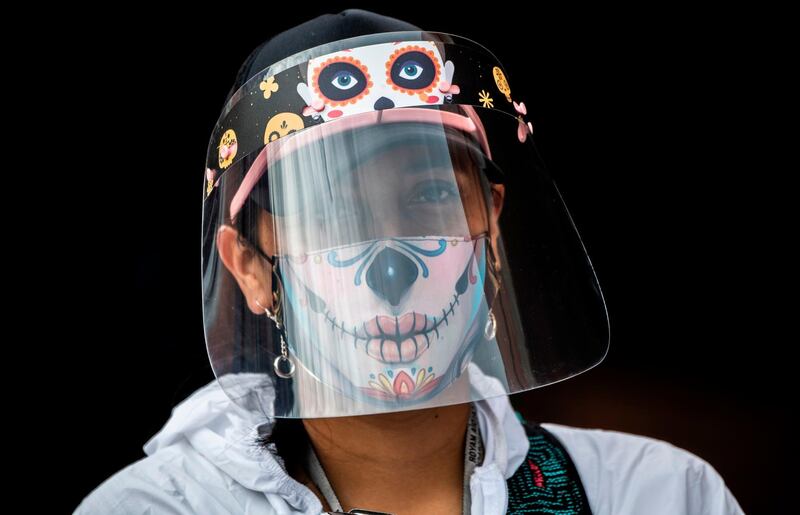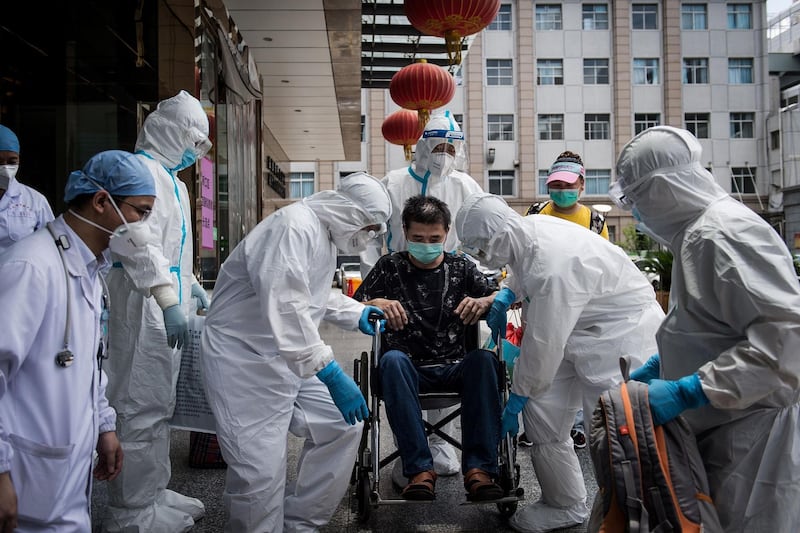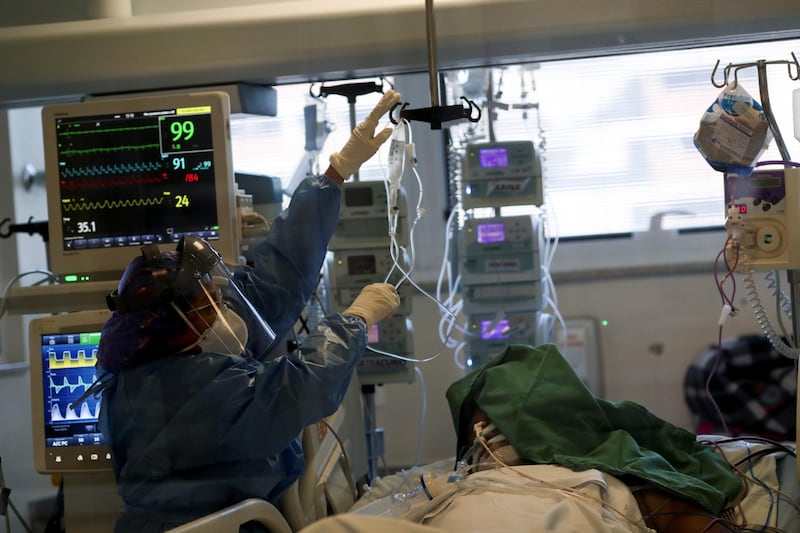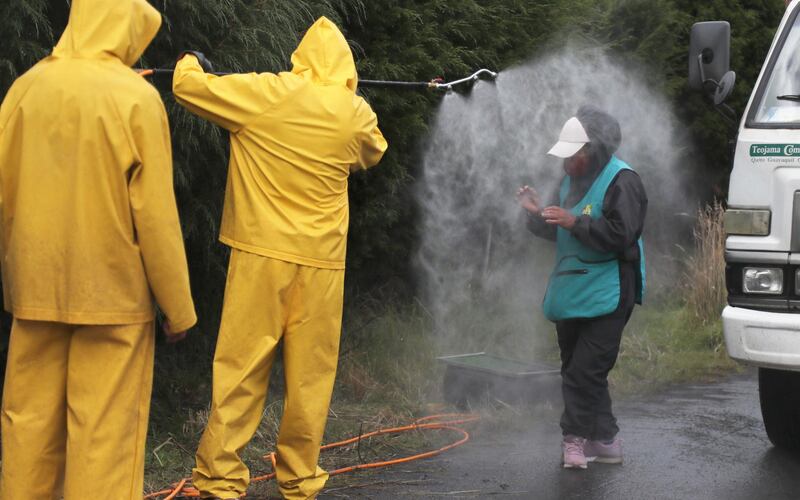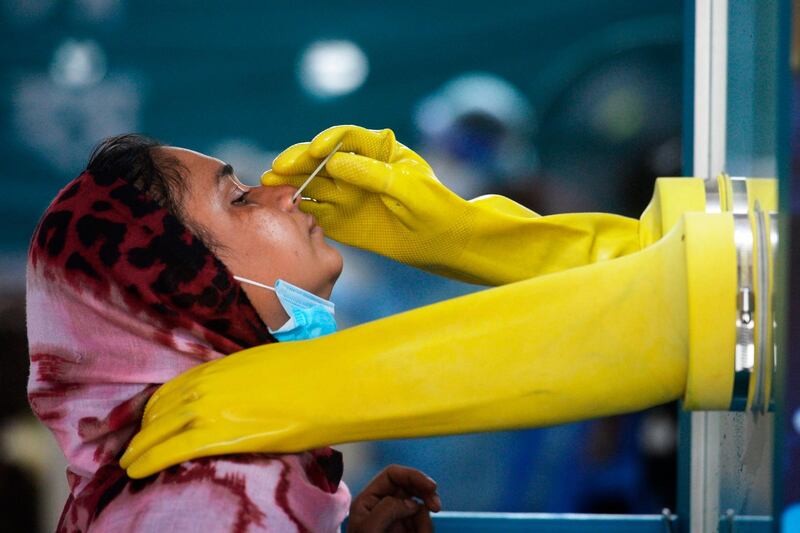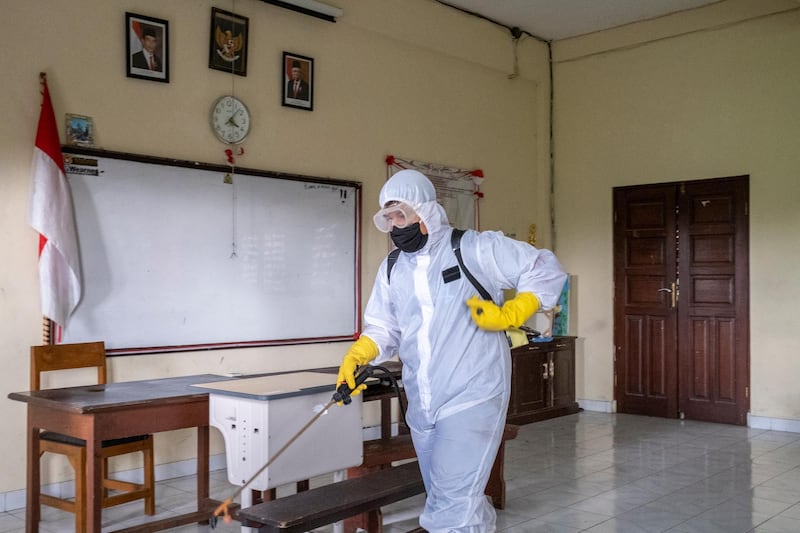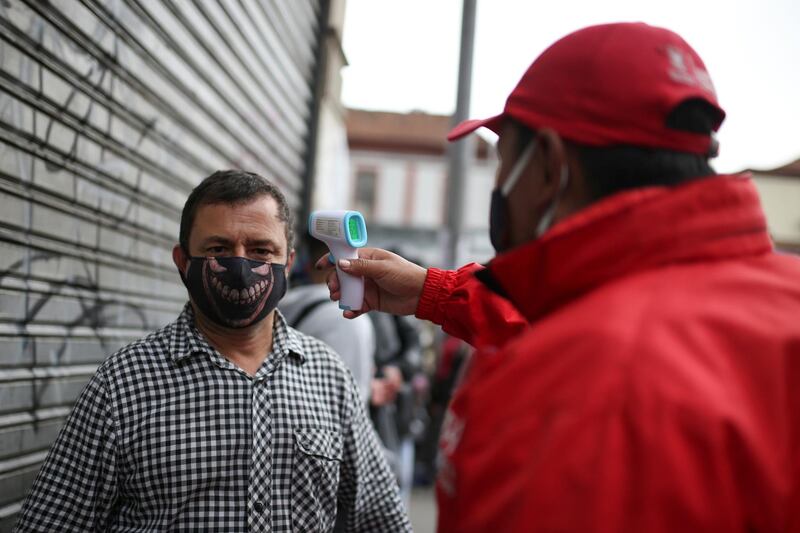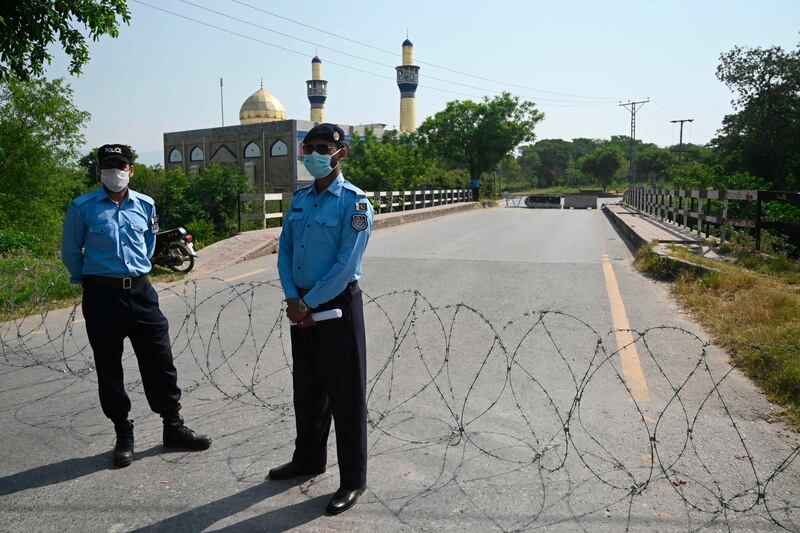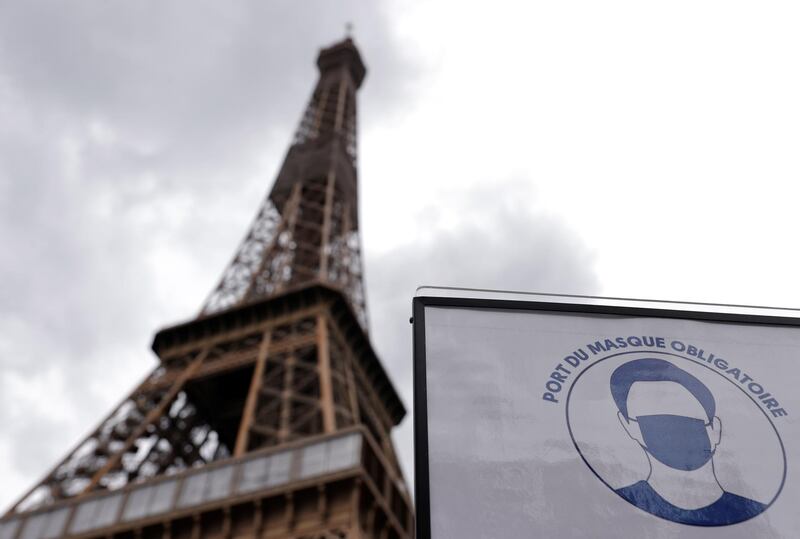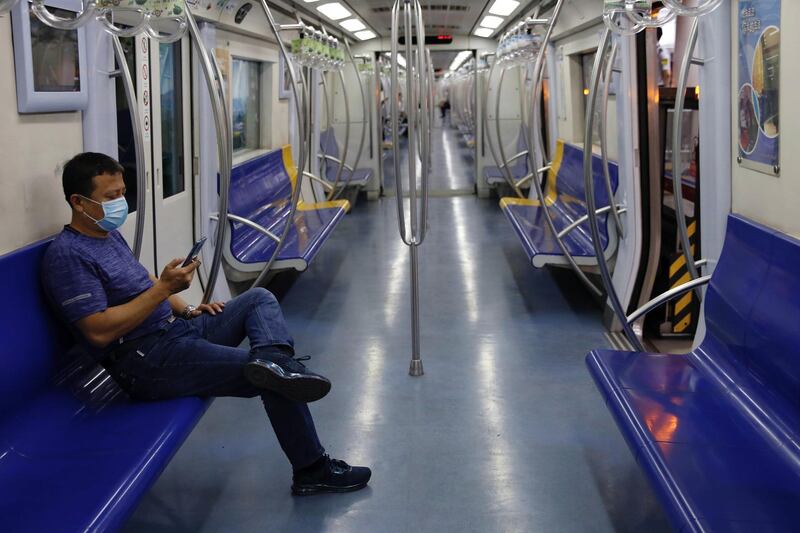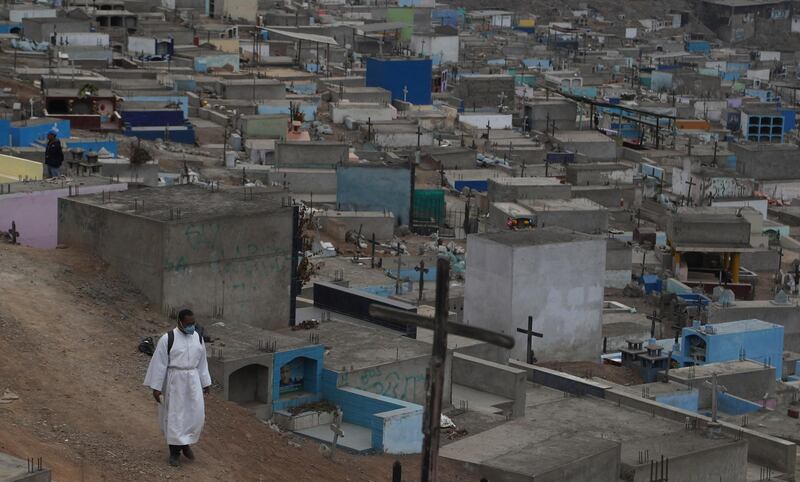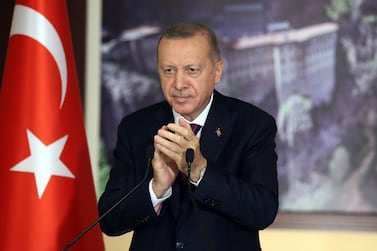There are about 160 coronavirus vaccines in various stages of production as governments and pharmaceutical companies race to find a treatment for Covid-19.
It is hoped one of them will be a sterilising vaccine that can wipe out Covid -19, but it is also possible that none will be effective enough to go into production.
In the high-risk, high-cost world of drug development, it is also possible that a second generation of medicine will build on any success from the current race.
The rules for finding the vaccine are changing as testing processes that normally take years to complete are reduced to months.
Prof Lawrence Young, a virologist at Warwick University who specialises in how diseases can develop, explains the process of trials.
“There are five stages in producing and developing a vaccine – discovery research, pre-clinical, clinical development, regulatory review and manufacturing and delivery,” Prof Young said.
During discovery research, scientists try to understand how a virus behaves and the likely immune responses. This stage normally takes between two and five years.
When scientists have identified a potential vaccine and immune response, they move to the pre-clinical stage where they can help to find a type of vaccine to develop.
Prof Young said the medicine developed at the University of Oxford stitches the coronavirus model into a harmless virus that is good at delivering the vaccine.
“It uses the surface spike of protein but does not give you a heavy dose. The tried and tested approach is to ‘make the virus and inactivate it", or kill it.
The pre-clinical stage also uses animals and laboratory testing to help assess the drug's safety.
Clinical research is where all new medicine goes through three phases of testing.
“Phase 1 is about safety testing," Prof Young said.
"We take a small number of people, perhaps 10 or 15, and check a dose and make sure it does not have severe side effects.
“We are not looking at the different outcomes, just making sure it is safe in humans and whether we can identify a safe dose.
“Phase 2 is checking it has the right immune response. At the moment, we don’t know what an effective immune response is.
"Several hundred people take part in this phase. For the Oxford vaccine trial they had more than 1,000 people.
"Phase 3 assesses if the vaccine reduces the diseases and infection."
Regulatory review is the final stage in the approval process, where data from all the human trials are assessed by national or international authorities.
In the UK, that is the Medicines and Healthcare Products Regulatory Agency. In the EU, it is the European Medicines Agency, and the US has the Food and Drug Administration.
Once approved, the final stage is manufacture and delivery, which can involve building new factories or labs to produce the drug in sufficient quantities to meet demand.
The pharmaceutical companies must also ensure there is a supply route to get it into hospitals and surgeries.
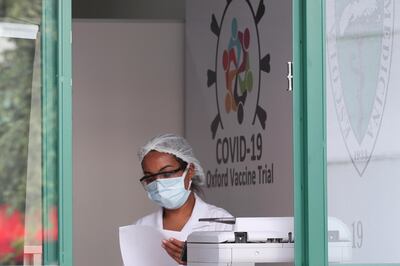
Why are things moving so fast with the coronavirus trials?
Normally, each stage of development can take years, but less than a year after the first coronavirus patient was identified, 160 vaccines are in development.
Most will not reach production.
Prof Young said an influx of government money, streamlined processes and parallel operations all helped to speed up the vaccine process.
Government money is helping to reduce the risks for the pharmaceutical companies.
Factories are being built on the hope that a drug will become approved as a successful vaccine, in a risk that normally would not be taken until after the drug is approved.
Prof Young said it was hoped that a sterilising vaccine would be found, which you would take it once and not need booster shots.
He said it was also possible that a second generation of drugs would be needed to achieve that goal.
Prof Young said that of the vaccines in development, four were in Phase 3, 12 in Phase 2, and 18 in Phase 1.
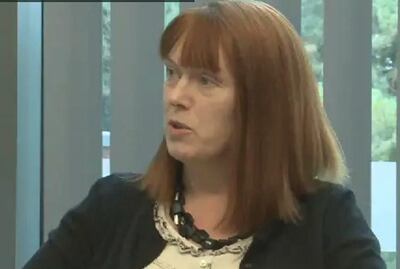
Prof Sarah Gilbert, who is leading the Oxford team, told the BBC's Today programme that it was too early to know if their vaccine could become a sterilising vaccine.
“We can only know that when the Phase 3 trials have got much further along, when we have a lot of people vaccinated, half with coronavirus vaccine and half with another vaccine, and we start to count the number of infections in those trials," Prof Gilbert said.
"And that’s very unpredictable. It depends on the cases that are happening in the areas where vaccinations are taking place.
"Case numbers have been going up and down in different countries, so it’s very hard to understand when we’ll get those results."
